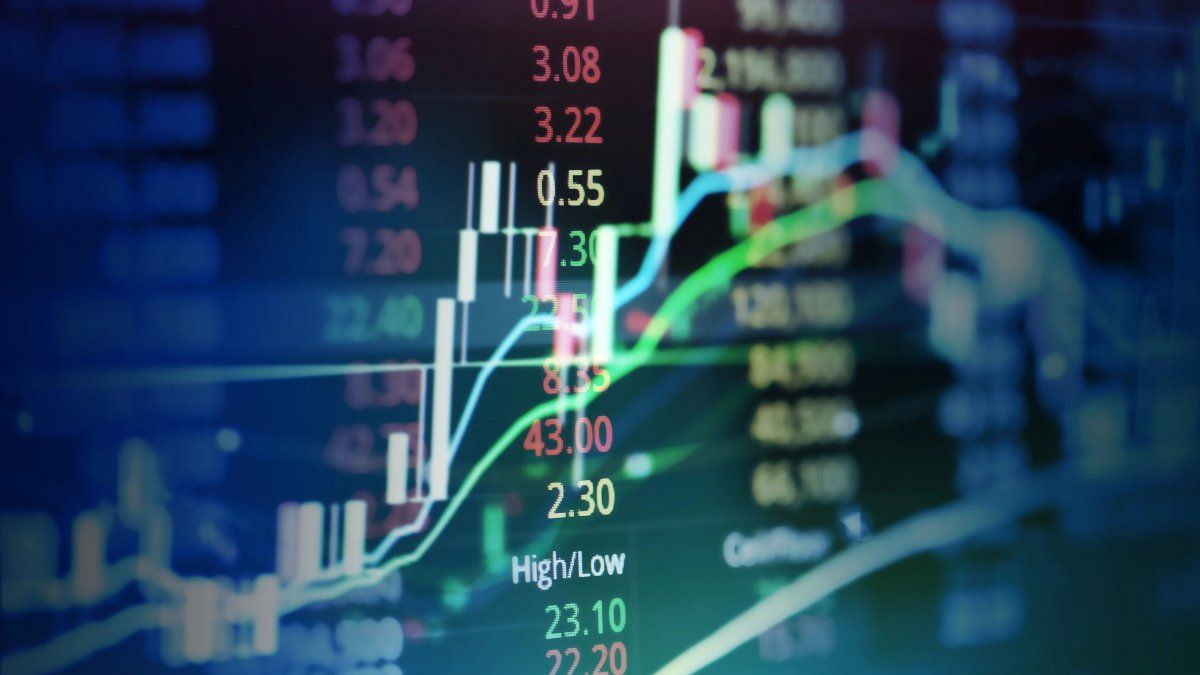The Government announced Friday the Elimination of almost all exchange restrictionswithin the framework of confirmation of a new agreement with the International Monetary Fund (IMF). The only thing that will be maintained is 30% surcharge for tourism operations and credit card purchases abroad, something that “makes no sense” According to several economists to Scope.
The press conference of the Minister of Economy, Luis Caputohe monopolized all looks from the Argentine population during the day, since a modification was already expected in the exchange scheme, in line with what both economists and the IMF suggested. However, some of the changes surprised the market, fundamentally the suppression of the US $ 200 limit for the purchase of dollars at the official exchange rate.
Thus The stocks were released For human persons, a fact that many expected for after the legislative elections of October or by 2026. With this decision, the economic team seeks to unify the different exchange markets; In that sense, he communicated a new flotation system of the exchange rate within mobile bands.
How much will the official dollar up according to economists?
Those bands will be initially between $ 1,000 and $ 1,400and then have 1% monthly adjustments (downwards for the lower limit, and the rise for the upper level). Faced with this new scenario, economists expect the official dollar to accommodate closer to the band’s ceiling, in values close to the financial dollar (the CCL closed this Friday at $ 1,340).
Specifically, The first estimates speak of an initial discreet jump towards the $ 1,250/$ 1,300 areaa little below the current value of the financial ones, which in the week moved between $ 1,340 and $ 1,370.
Dollar card 01
The government lifted the stock: what is expected for the dollar card.
Therefore, taking into account hypothetical values of the new official exchange rate of $ 1,250/$ 1,300, The new dollar “card” (which continues to include 30% deductible from the income tax), It could range between $ 1,625 and $ 1,690.
The economist Andrés Salinas He does not see at first the wholesale exchange rate going to the band’s roof. “Perhaps more for the end of the year you can complicate with a difficult electoral panorama, more demand for coverage and perhaps an inflation that has not been contrary as expected. Out of that In the short term there are strong currency income that should prevent the upper $ 1,400 level from going to the upper level“He deepened.
Does the 30% surcharge still make sense for the “card” dollar?
However, the specialists who dialogue with this medium do not see much reason to be the validity of this dollar for tourists given the change of context. Emiliano LibmanMacroeconomista de Fundar and researcher at CONICET, also said 30% “loses a lot of sense” since people traveling abroad are now convenient to buy dollars to the officer and pay the card with those currencies, thus saving the tax.
In the same way, the analyst Jorge Neyro The permanence of the gain surcharge is also “unreasonable. “I think it has some collection purpose”frame.
Salinas also pointed out on the impact of the dollar card on the revenue of the Treasury, “which in a context of zero emission adds you to finance the treasure.” Regarding the convenience of buying dollar MEP or official dollar, he clarified that “obviously the appeal will depend on the gap and the desire of the Argentines to make the maneuver via MEP“
It is worth remembering that since June 2024 the Central Bank has current account deficit. It progressively increased, due in large part to the highest level of imports and to the growing negative balance of the balance of services, explained first by the “red” in tourism. Both factors are fed by an exchange rate appreciation that led to the price of the dollar to its greater real delay since 2015. Therefore, The surcharge on purchases abroad sought to cushion to some extent this currency output boom on trips.
Source: Ambito




